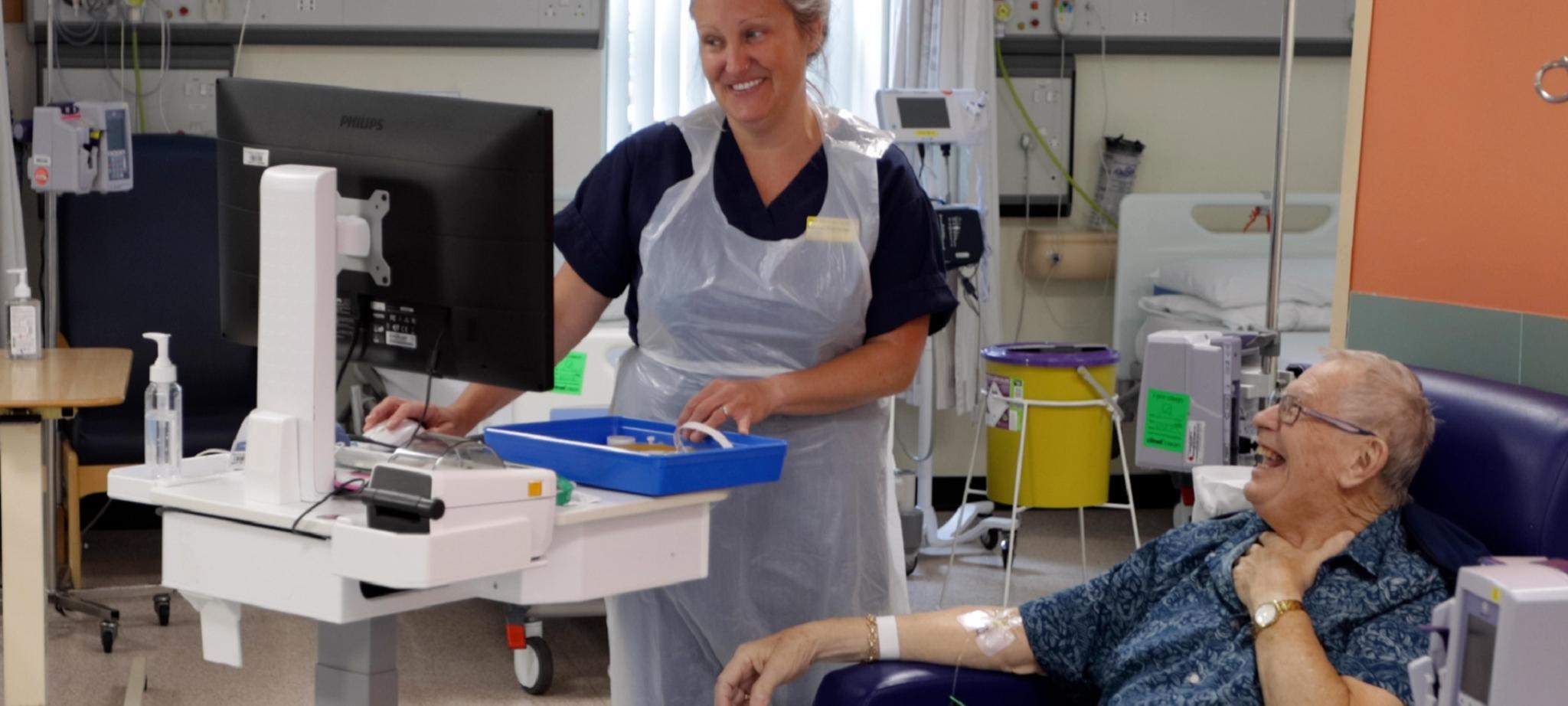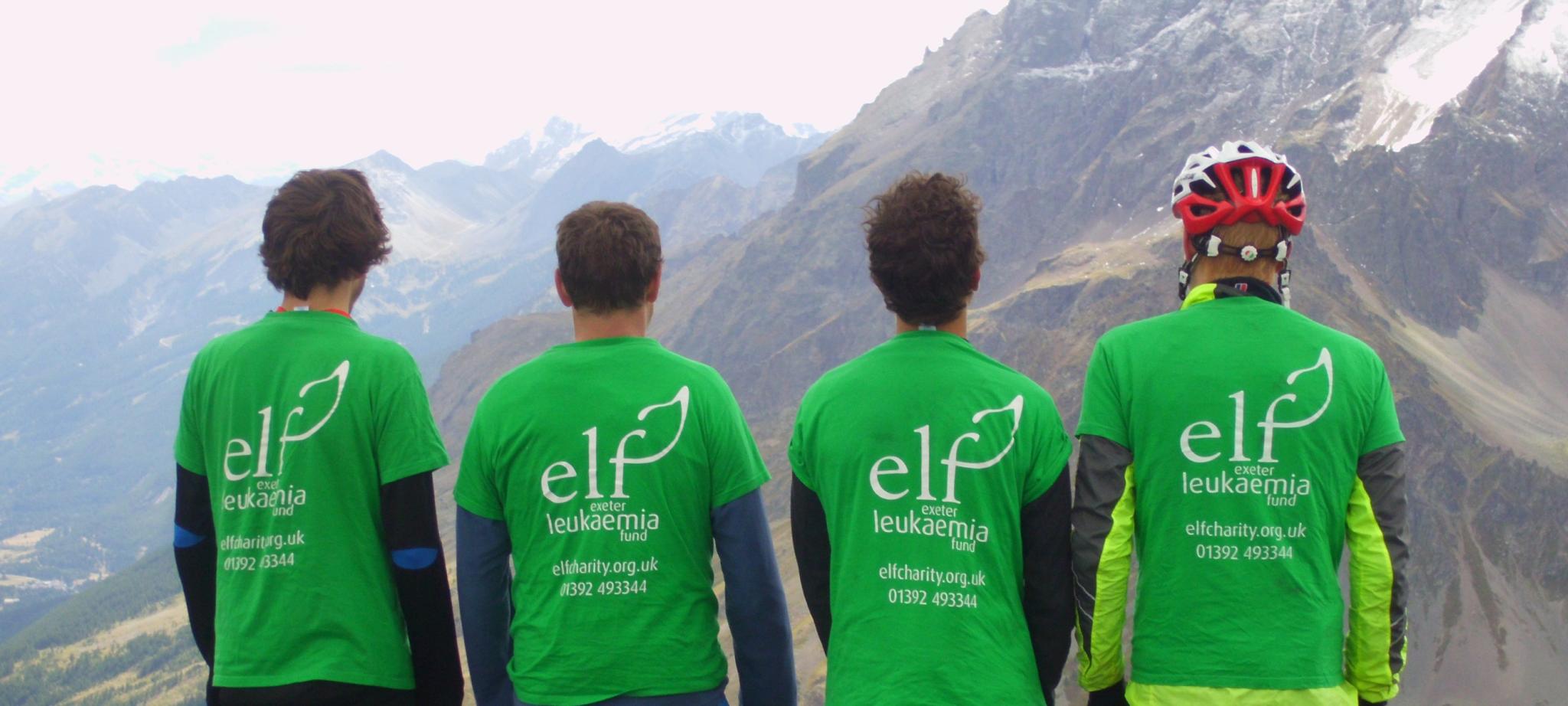.jpg)
John began treatment with several weeks of chemotherapy. His immune system was severely weakened, and he lost his hair.
Treatment wasn’t just physically demanding though, emotionally it took its toll too. John has terrible veins which made taking blood difficult. One anti sickness drug caused vivid hallucinations; John remembers a vision of falling through a kaleidoscope, flames flickering through some segments. He could hear the sound of angels singing. It turns out that his hyper-sensitive hearing was picking up the sound of Christmas carols from the neighbouring patient’s headphones. John chuckles, ‘I don’t think that drug is still available.”
Despite it all, John held on to the positivity and the power of the mind. Visualising Pac-man gobbling up the malignant cells provided a bizarre sense of comfort.
By January 1986, John was in early remission. But the contest with those malignant cells wasn’t over.
There was a hope that his brother might be a donor marrow match, a 1 in 4 chance, but it wasn’t to be. Luckily, there was marrow match. His own. He had an autologous marrow transplant. This is a type of stem cell transplant where John’s own stem cells, were collected from the marrow within his hip bone and used to replace his malignant cells after he had received high-dose chemotherapy and radiation therapy.
In April, after careful isolation, John went to the Westminster Hospital in London. On May the 7th the first of his new blood cells were seen. John calls this his ‘second birthday.’ And one thing that also got replaced. That entry in the encyclopaedia. The ward sister contacted the publisher and told them that advances in the treatment of leukaemia had meant a much more positive outlook.
Recovery was long and progress came slowly. After the transplant, John was still vulnerable to infections. They came often. He battled shingles and was also incredibly tired, finding himself falling asleep around 3pm each day.
Despite this, he was determined to get back to the life he had before. He would walk Devon’s hills to build his strength, pushing himself daily until his strength returned.
Slowly, medical appointments that were once weekly, became monthly, then three monthly, then annually. Each gap feeling like a victory.
Returning to everyday life brought new challenges. John spent 18 months out of work, and when he was ready to return, found it difficult to get hired. Having cancer seemed to be a barrier, so John decided to explain his employment gap on his CV was due to being self-employed.
The struggles posed the question; how do you live life after cancer, without being defined by it?
Looking back, John is clear about what he went through:
“It was challenging. It’s not easy to go through.”
Yet he knows he is one of the lucky ones. He learnt some years after his initial treatment that his prognosis hadn’t been good. About 18 months. Some of the people he met during treatment didn’t survive. He also feels lucky that on that first visit to the GP he had encountered a doctor with recent haematology experience, which led to a chain of care from Southmead to the RD&E Exeter and The Westminster for which he is eternally grateful.
John’s journey has shaped how he now sees life, with gratitude, positivity and a different perspective.

